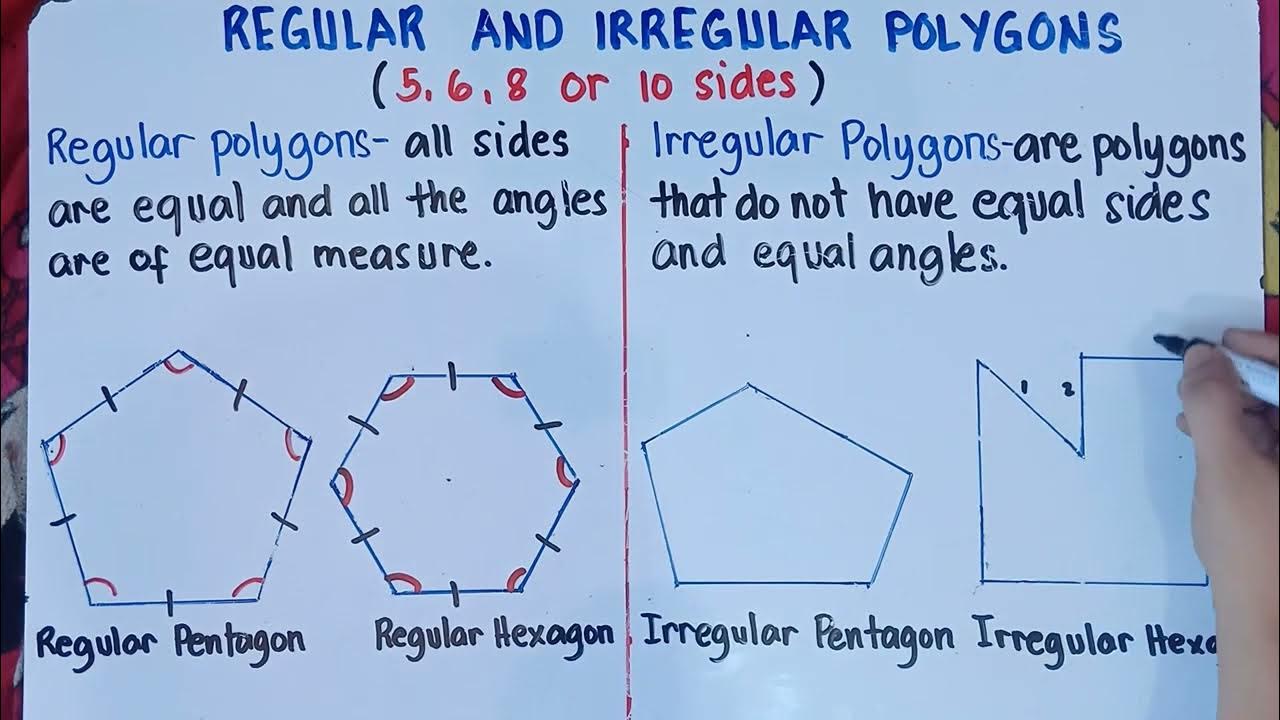9.1: What is an Array? - Processing Tutorial
Summary
TLDRIn this video, the instructor introduces arrays as a fundamental programming concept, addressing what they are and their significance. Building on previous lessons about variables and functions, the discussion emphasizes the efficiency of arrays in managing multiple items, like bubble objects, through a single variable. The instructor explains memory allocation for arrays and outlines basic syntax for declaration and initialization. By encouraging viewers to reflect on past coding projects, the video sets the stage for future exercises that explore array manipulation, positioning arrays as essential tools for more complex programming tasks.
Takeaways
- 😀 Arrays are essential data structures in programming that allow for the storage of multiple items, such as bubbles, without needing separate variables for each.
- 📦 The need for arrays arises when a program requires scalability, enabling developers to create and manage numerous similar objects efficiently.
- 🔍 An array can be declared using square brackets, indicating that it holds a collection of values, unlike a single variable which holds only one.
- 📊 The speaker emphasizes that arrays can be initialized with multiple values, making data management easier and more organized.
- 📝 Understanding arrays is crucial as they expand the possibilities of data manipulation, such as sorting and transforming data within a program.
- 🤔 The video encourages viewers to reflect on their past coding experiences and consider how arrays could improve their code's efficiency.
- 📈 Arrays can be used to store not just objects but any type of data, making them versatile in various programming scenarios.
- 🔗 The speaker discusses the connection between arrays and memory, explaining how arrays occupy contiguous memory spaces for efficient data access.
- 🔄 The video sets the stage for future lessons, promising a deeper exploration of array syntax and operations in subsequent videos.
- 💡 The take-home message is that arrays simplify programming tasks and enhance the overall functionality of software applications.
Q & A
What is an array?
-An array is a data structure that allows you to store multiple values in a single variable, enabling efficient management of lists of data.
Why do we need arrays in programming?
-Arrays provide efficiency, flexibility, and easier data manipulation, making it simpler to handle large groups of similar items without repetitive code.
How does the declaration of an array differ from a single variable?
-While a single variable like 'int val' holds one value, an array declaration involves square brackets, like 'int[] values', which can hold multiple values in a single reference.
What is the significance of the syntax used to define an array?
-The syntax, such as using square brackets for declaration and curly braces for initialization, clearly indicates that you are working with a collection of items rather than a single item.
Can you give an example of initializing an array?
-Yes, for example, you can initialize an array in Java as 'int[] values = {2, -5, 107, 4, 91, 3, 33};' which stores a list of integers.
What problems arise from managing multiple variables instead of using an array?
-Managing multiple variables can lead to complex and hard-to-maintain code, especially as the number of items grows. Arrays simplify this by consolidating similar items into a single structure.
How can arrays facilitate operations like sorting or filtering data?
-Arrays allow you to apply operations to all elements simultaneously, making it easy to sort values or filter them based on certain criteria without needing to write repetitive code.
What conceptual understanding should you have before using arrays?
-You should understand the idea of storing and accessing multiple items as a single entity, recognizing the distinction between single variables and collections of data.
How does the video emphasize the importance of arrays in programming?
-The video highlights arrays as a necessary tool for expanding beyond simple variable usage to handle complex data structures and facilitate scalable programming solutions.
What future topics can be expected after learning about arrays?
-Future topics will likely include advanced array operations, algorithms for sorting and searching, and practical applications of arrays in various programming tasks.
Outlines

此内容仅限付费用户访问。 请升级后访问。
立即升级Mindmap

此内容仅限付费用户访问。 请升级后访问。
立即升级Keywords

此内容仅限付费用户访问。 请升级后访问。
立即升级Highlights

此内容仅限付费用户访问。 请升级后访问。
立即升级Transcripts

此内容仅限付费用户访问。 请升级后访问。
立即升级浏览更多相关视频

Memahami Fungsi Array || Algoritma dan Struktur Data

Arrays and Abstract Data Type in Data Structure (With Notes)

Java 02 - Memulai Pemrograman Java dengan IDE Netbeans - Tutorial Java Netbeans Indonesia

Mengenal Array dan Struct Dalam Algoritma Struktur Data

Regular and Irregular Polygons | Grade 7 | Matatag Curriculum | Quarter 1 |

Mitigation Blocks - A-Z Guide Episode 2
5.0 / 5 (0 votes)
